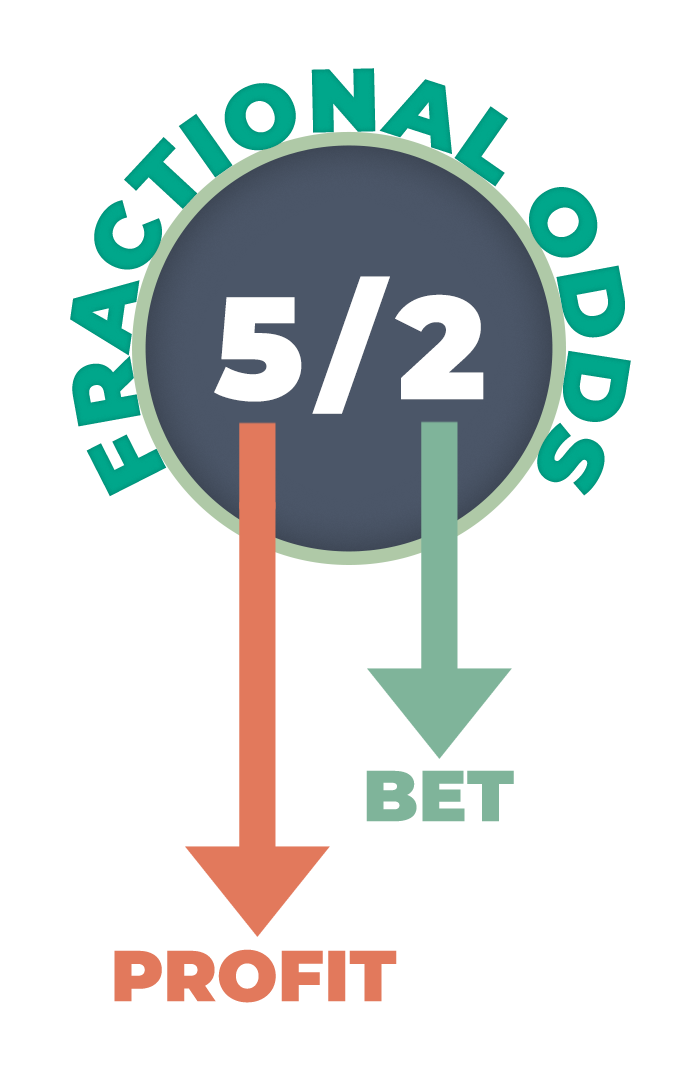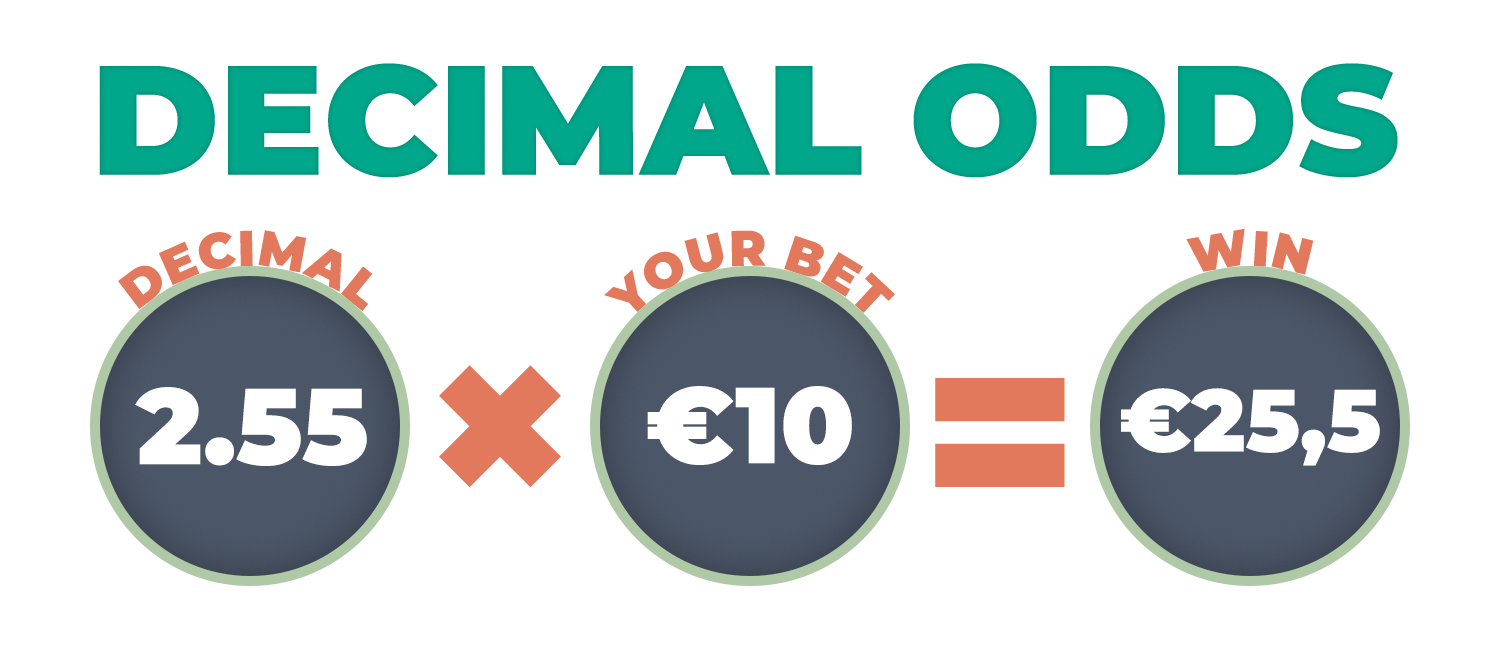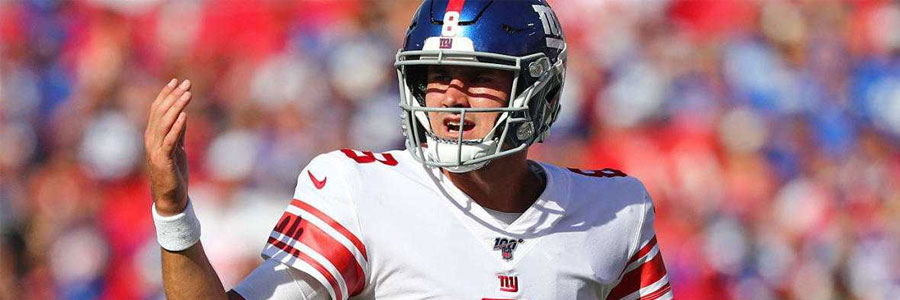Odds Gambling Explained
Odds are commonly used in gambling and statistics. Odds can be demonstrated by examining rolling a six-sided die. The odds of rolling a 6 is 1:5. This is because there is 1 event (rolling a 6) that produces the specified outcome of 'rolling a 6,' and 5 events that do not (rolling a 1,2,3,4 or 5). Betting odds simply indicate the likelihood of an event and the return you’d get if you did make a wager on the result. Betting odds may be displayed in three different formats at US sportsbooks and online and mobile sports betting platforms: American odds, fractional odds and decimal odds. A parlay wager is similar to a teaser in that a bettor has to bet on at least two separate odds, but is not awarded six points to either add or subtract from the point spread or total. As with a teaser, the two separate odds can either be two teams, two totals, or a combination of the two. American Odds show how much you’ll win with a $100 bet (odds with +) or how much you need to bet to win $100 (odds with -) In other words, the lower the number, the more likely they are to win, and the less money you win. WInning a bet marked at -220, means that you.
Betting odds explained

Betting odds can appear daunting at first glance but they are actually quite straightforward to calculate. We’ve devised a beginners guide to explain betting odds.
How do odds work?
When looking at the odds (price) of a horse, the two formats used are decimals and fractions. Betting exchanges operate in decimals, whereas fixed-odds betting firms generally operate in fractions.
When determining the returns of a fractional bet, the second number always suggests the stake and the first number denotes what the profit will be if the bet wins. Take 4/1 as an example. If you stake £1 on a horse, then you stand to win £4 if the selection wins the race, which excludes your initial stake. In contrast, the decimal format factors in the initial stake. Betting odds of 4/1 would equate to 5.0 in decimal terms, 5/1 would be 6.0, and so forth.
See the chart below for a breakdown of betting odds in both fractional and decimal format, showing forecasted returns to £5 level stakes for the key prices in a market.
Knowing your odds
| wdt_ID | Fractional | Decimal | WIN RETURNS FROM £5 (inc. stake) |
|---|---|---|---|
| 1 | 1-2 | 1.5 | £7.50 |
| 2 | 4-7 | 1.57 | £7.86 |
| 3 | 8-13 | 1.62 | £8.08 |
| 4 | 4-6 | 1.67 | £8.33 |
| 5 | 8-11 | 1.73 | £8.64 |
| 6 | 4-5 | 1.80 | £9.00 |
| 7 | 5-6 | 1.83 | £9.16 |
| 8 | 10-11 | 1.91 | £9.55 |
| 9 | 1-1 | 2.00 | £10.00 |
| 10 | 11-10 | 2.10 | £10.50 |
If you want to work out your winnings from a multiple bet such as an accumulator or lucky 15, you can use our betting calculator to find out instantly what you’ve won.
Getting action on a game can add a thrill factor that is hard to find in any other aspect of life. Making some money while doing it, well, it doesn’t get much better than that. But what happens when you jump onto your favorite sportsbook and they bombard you with a series of numbers (odds) which are meant to represent the chances of your team winning, when all it really looks like is math on steroids!
If this is how you feel when your trying to place a wager, read on. The following is a simple guide on how to read sports odds and give yourself the best chance of taking home some cash.
What does +200 mean? +200 is a specific set of odds attached to a given sports event. These are in the form of ‘American’ odds’. The +200 represents the amount a bettor would win if they had wagered $100. A profit of $200 and a total payout of $300. Other types of odds are Decimal and Fractional.
What Types of Odds Do Sportsbooks Use?
Globally sportsbooks use one of three types of odds:
- American
- Fractional
- Decimal
There are positives and negatives in the use of all of them. One thing is for sure, if you are going to bet on sport, you will run into one of these odds formats and you NEED to know how to read, understand and eventually capitalise on them.
This article will focus heavily on American odds.
How to Read American Odds

The basis of American odds is that they reflect two different aspects to the bet:
- in the case of the underdog: how much money a gambler will win if they bet $100,
- in the case of the favorite: how much a gambler needs to bet to win $100.
Quite a big difference between the two, and definitely a little tricky to navigate at first.
The following is an example of the moneyline market using American Odds, which was offered by a sportsbook during the NBA playoffs
Note:As the Portland Trail Blazers are the home team they are listed second in this market. Interestingly in many international or offshore sports the home team is listed first. Perhaps in this case the home court advantage is what has led the sports books to install the Trail Blazers as the favoured team.
We can tell Portland has favoritism as the odds have a minus sign at the front. Any time a team has minus sign out front, the bettor knows they will be receiving less than a 2 – 1 payout figure. In fact in this case, to win $100 wagering on the Trail Blazers you would need to stake $128.
In this particular example, the Oklahoma City Thunder are the outsider or underdog as they have odds with a plus sign at the front (plus money). This means if you bet $100 on OKC then you would collect $105 profit, a total return of $205.
Clearly the bookmakers considered the game to be potentially close and therefore odds were reasonably tight. As it turned out the Trailblazers dominated the second half and ran out convincing winners 114 – 92. Moneyline bettors who took Portland, go to bed with a tidy profit. In actual fact the margin of victory is irrelevant as the Moneyline requires just one condition be met, a win.
How to Do the American Odds Math?
Despite the American odds looking confusing at first sight, the underlying math is not too difficult. Having said that it could be much more user friendly.
Another key point to remember is that American odds do not include the original stake in the calculation. They only reflect the profit from the wager. The original stake needs to be added to reflect the total payout or total return figure.
Referring back to the previous example the following math applies:
The issue with this way of reporting odds is that the bettor has to do more than one level of calculation themselves. While it’s all fairly straightforward it does affect the user experience negatively.

How are American Odds Different to Decimal Odds?
The decimal odds system, which is being increasingly used by sports bookmakers across the globe, removes the extra step of calculation required by the bettor when American Odds are in use. It is a much simpler method to offer odds on the identical market and immediately gives a total return or payout figure by using one simple multiplication.
The NBA example used earlier in the article using decimal odds would read as follows:
The payout calculation is where the ease of decimal odds is highlighted:

Underdog:
Favorite:
It is clear that the decimal method is a much simpler way for sport bettors to calculate their potential winnings than than the American odds system.
What Do Betting Odds Numbers Mean

Another downside to using American odds is that they are almost unusable when working with parlay betting. A parlay or multiplier is where a bettor takes classic bet types and parlays several of these into one wager. In order to multiply the individual odds to create the parlay payout figure, the moneyline is first converted to decimal odds. Highlighting the extra step of math sportsbooks require bettors to do when they solely offer odds in the American format.
It is hoped that one day soon most sports books will offer decimal odds instead of American odds. As legalized sports betting explodes in popularity across the US and more mobile sports betting platforms come online, it is hoped that at the very least, functionality to switch between types of odds is added to all betting apps. After all, sports betting is about entertainment, and user experience should be the number one focus from all corporate bookmakers.
How to Identify Sportsbook’s Margin When Using American Odds
Sportsbooks clearly need to make money to continue to operate and therefore it is understandable that they will take a cut along the way. Understanding when that cut is too large is critical in giving yourself the best chance of turning a profit.
When dealing with American odds on 50/50 markets like total points or point spread the margin is quite simple to recognise.
For example the market on an NBA game may be offering an over/under points total of +/-214.5 points.
In this market, without any bookmaker edge, the odds would read +100 for each option. That is a doubling of the bettors money based on the market essentially being a coin flip. $100 invested would return a profit of $100. Clearly this is not the case in reality. If you spot a market like this through a sportsbook promotion (a rare occasion), then load up!
The sportsbook is only offering -110 meaning a bettor would need to invest $110 to return a profit of $100. This equates to approximately a 4.5% margin (vig) for the book. To be profitable long term the bettor would have to correctly pick this market 53% of the time. A tall order.
Baseball Gambling Odds Explained
Some books will offer a smaller vig, for example -108 but others will be less generous and wind their margin out to numbers like -112. These numbers are often seen in live betting markets due to the greater perceived risk the sportsbook take on with live markets.
It is best, as a rule, to avoid markets where the market is skewed too far in the favor of the book.
Looking for More?
Check out our YouTube Channel! Get a ton more videos like the one below:
The Game Starts Now
Understanding Betting Odds
Before you hit the confirm bet button on your mobile sportsbook make sure you are fully aware of what price you are actually buying. While American Odds can at times be confusing there is still an art to spotting and cashing in on value. Best of luck!
Gambling Odds Explained
Good Luck and as always, gamble responsibly!